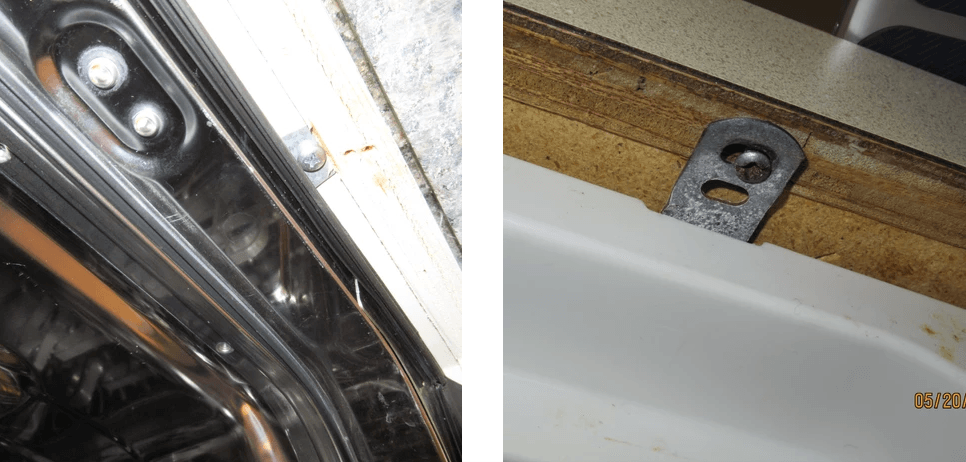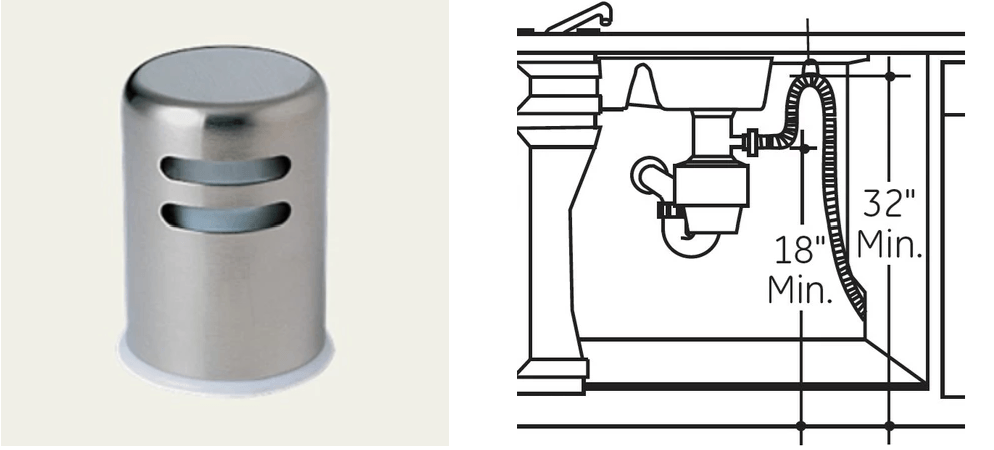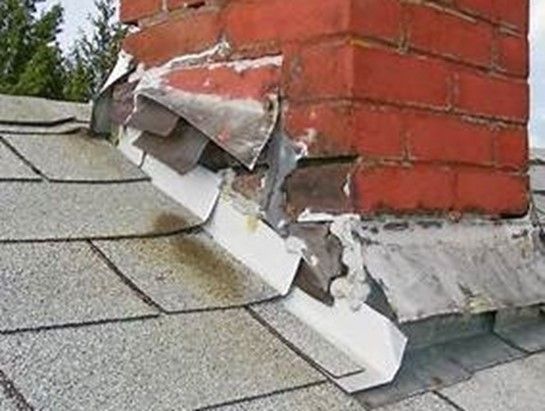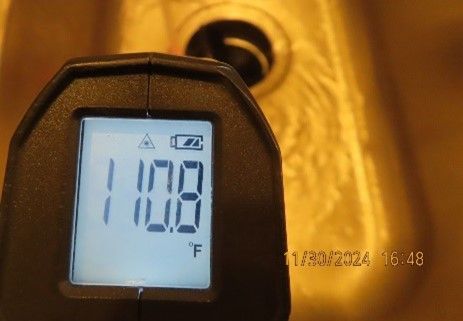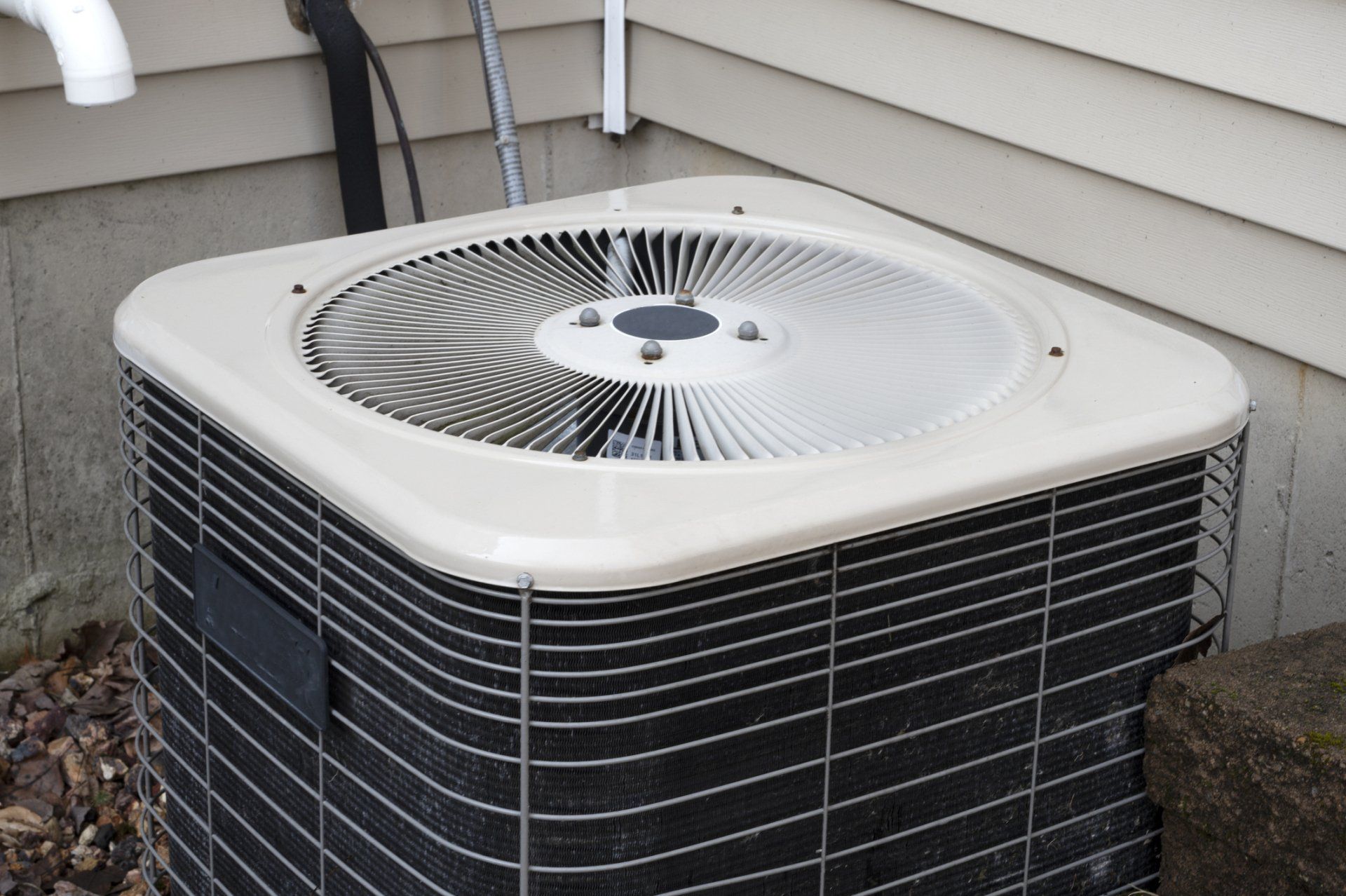Recently, during a new construction inspection, Boxer Inspections encountered and reported as deficient a contaminated dishwasher.
In this case, the dishwasher had dark spots on both the upper and lower dish racks. It was concluded the most likely cause was fungal growth. No samples were sent to a lab for analysis to verify. Therefore, there was not any confirmation as to what it was. I believe that even if samples were taken and sent to a lab, the result would have been the same – Replace the Dishwasher!
The Professional Home Inspector at Boxer Inspections is going to look for items like this. How many times have you toured a home and looked inside the dishwasher? Well, you might now, after seeing this, right?!
Let's present a few other items related to dishwashers that the Inspector at Boxer Inspections is going to look for. These are not all inclusive, but common items we see as deficient.
- The dishwasher must be secured to the cabinet to prevent from moving while in operation and to prevent the unit from tipping over when loading/unloading. The dishwasher must be securely mounted to the cabinet to prevent it from moving during operation or tipping over when loading and unloading. If allowed to move could stress the electrical or plumbing connections causing a leak or electrical hazard. A unit that can may tip over can cause personal injury or break all of Grandmother's irreplaceable china!
In
Figure 1, there are examples of how a dishwasher can be secure to the cabinet. The manufacturer will ship brackets with the unit specifically for this purpose. These brackets are removable and can be used to secure the unit to bottom of the c cabinet or the sides as needed.
Let's present a few other items related to dishwashers that the Inspector at Boxer Inspections is going to look for. These are not all inclusive, but common items we see as deficient.
- The dishwasher must be secured to the cabinet to prevent from moving while in operation and to prevent the unit from tipping over when loading/unloading. The dishwasher must be securely mounted to the cabinet to prevent it from moving during operation or tipping over when loading and unloading. If allowed to move could stress the electrical or plumbing connections causing a leak or electrical hazard. A unit that can may tip over can cause personal injury or break all of Grandmother's irreplaceable china!
In
Figure 1, there are examples of how a dishwasher can be secure to the cabinet. The manufacturer will ship brackets with the unit specifically for this purpose. These brackets are removable and can be used to secure the unit to bottom of the cabinet or the sides as needed.
Let's present a few other items related to dishwashers that the Inspector at Boxer Inspections is going to look for. These are not all inclusive, but common items we see as deficient.
- The dishwasher must be secured to the cabinet to prevent from moving while in operation and to prevent the unit from tipping over when loading/unloading. The dishwasher must be securely mounted to the cabinet to prevent it from moving during operation or tipping over when loading and unloading. If allowed to move could stress the electrical or plumbing connections causing a leak or electrical hazard. A unit that can may tip over can cause personal injury or break all of Grandmother's irreplaceable china!
In
Figure 1, there are examples of how a dishwasher can be secure to the cabinet. The manufacturer will ship brackets with the unit specifically for this purpose. These brackets are removable and can be used to secure the unit to bottom of the cabinet or the sides as needed.
Figure 1 Attachment Methods
2. Dishwashers must have a vacuum breaker, an air gap, or "high loop" on the discharge line that connects to the garbage disposal or kitchen sink drain. The purpose of the vacuum breaker or air gap is to prevent water from being back siphoned into the water supply line. Back siphoning can be created when several conditions are present. A flood event or sewer line clog can allow contaminated water to some up through the drain line and into the garbage disposal. The vacuum breaker would not allow the contaminated water in the drain to travel back up the drain line and into the dishwasher. The use of a “High Loop” can also provide the same protection.
The vacuum breaker is usually mounted next to the kitchen sink on the counter top. It also serves another purpose. In the event the sink drain line becomes clogged, the water being pumped from the dishwasher will exit the holes in the vacuum breaker instead of going into the clogged drain. These holes in the vacuum breaker must face the sink to allow the water to be drained into the sink.
2. Dishwashers must have a vacuum breaker, an air gap, or "high loop" on the discharge line that connects to the garbage disposal or kitchen sink drain. The purpose of the vacuum breaker or air gap is to prevent water from being back siphoned into the water supply line. Back siphoning can be created when several conditions are present. A flood event or sewer line clog can allow contaminated water to some up through the drain line and into the garbage disposal. The vacuum breaker would not allow the contaminated water in the drain to travel back up the drain line and into the dishwasher. The use of a “High Loop” can also provide the same protection.
The vacuum breaker is usually mounted next to the kitchen sink on the counter top. It also serves another purpose. In the event the sink drain line becomes clogged, the water being pumped from the dishwasher will exit the holes in the vacuum breaker instead of going into the clogged drain. These holes in the vacuum breaker must face the sink to allow the water to be drained into the sink.
2. Dishwashers must have a vacuum breaker, an air gap, or "high loop" on the discharge line that connects to the garbage disposal or kitchen sink drain. The purpose of the vacuum breaker or air gap is to prevent water from being back siphoned into the water supply line. Back siphoning can be created when several conditions are present. A flood event or sewer line clog can allow contaminated water to some up through the drain line and into the garbage disposal. The vacuum breaker would not allow the contaminated water in the drain to travel back up the drain line and into the dishwasher. The use of a “High Loop” can also provide the same protection.
The vacuum breaker is usually mounted next to the kitchen sink on the counter top. It also serves another purpose. In the event the sink drain line becomes clogged, the water being pumped from the dishwasher will exit the holes in the vacuum breaker instead of going into the clogged drain. These holes in the vacuum breaker must face the sink to allow the water to be drained into the sink.
Figure 2. Vacuum Breaker & High Loop
3. Dishwashers are regarded as plug and cord type appliances. This means they can use a cord that will plug into an outlet (or they may be hard wired to an electrical circuit). As such, ther cord length requirement is 36 inches - 78 inches. The receptacle (outlet) or circuit must be on a Ground Fault Circuit Interrupt (GFCI) for protection. The outlet must have a
"disconnecting means [that] is required to be lockable, it shall be capable of being locked in the open position."
3. Dishwashers are regarded as plug and cord type appliances. This means they can use a cord that will plug into an outlet (or they may be hard wired to an electrical circuit). As such, ther cord length requirement is 36 inches - 78 inches The receptacle (outlet) or circuit must be on a Ground Fault Circuit Interrupt (GFCI) for protection. The outlet must have a "disconnecting means [that] is required to be lockable, it shall be capable of being locked in the open position."
3. Dishwashers are regarded as plug and cord type appliances. This means they can use a cord that will plug into an outlet (or they may be hard wired to an electrical circuit). As such, ther cord length requirement is 36 inches - 78 inches. The receptacle (outlet) or circuit must be on a Ground Fault Circuit Interrupt (GFCI) for protection. The outlet must have a
"disconnecting means [that] is required to be lockable, it shall be capable of being locked in the open position."
These are a few items required for the installation of dishwashers. The items listed are requirements, so they must have them. If they are not present (or not identifiable) they will be noted as deficient in an inspection.
Call Boxer inspections at 281-783-3030 to help with all your home inspection needs.
Copyrighted material. Not for use without written permission.

